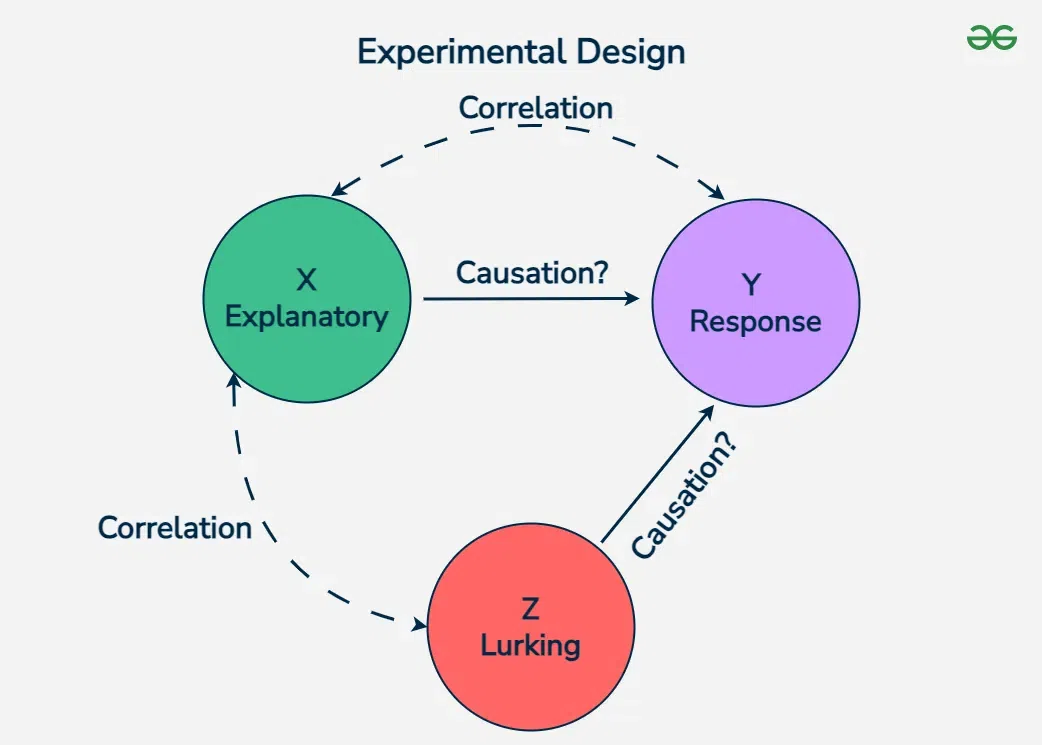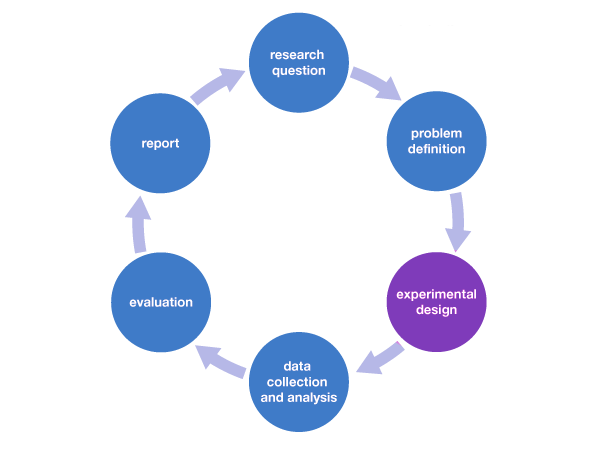Insights into Top 5 Characteristics of Experimental Research Design|2025
Gain insights into top 5 characteristics of experimental research design. Learn key features that make this design essential for controlled and reliable research outcomes.
Experimental research design is a cornerstone of scientific inquiry, providing researchers with the ability to establish causal relationships, control variables, and test hypotheses. Its systematic approach and robust methodology make it a preferred choice across disciplines such as psychology, education, and medicine. This paper explores the top five characteristics of experimental research design, delving into their applications and importance. For ease of accessibility and learning, this discussion incorporates references to PDFs, PowerPoint (PPT) resources, and practical insights.
Manipulation of Independent Variables
One defining characteristic of experimental research design is the deliberate manipulation of independent variables to observe their effects on dependent variables. This manipulation allows researchers to establish causal relationships with precision.
Key Insights:
- Control and Causation: By manipulating the independent variable, researchers can test cause-and-effect relationships. For instance, in a psychology experiment studying the effect of sleep on memory retention, the amount of sleep (independent variable) can be manipulated to observe its impact on memory test scores (dependent variable).
- Hypothesis Testing: Manipulation supports the testing of clear hypotheses. True experimental designs, often detailed in PDFs and educational resources, emphasize hypothesis-driven manipulation for robust findings.
Application in Psychology and Education:
- In psychology, manipulation is often used to explore behavioral responses. For example, varying the type of stimulus to measure reaction time.
- In education, experiments may manipulate teaching strategies to evaluate their effect on student performance.
Control of Extraneous Variables
The control of extraneous variables is essential to ensure that only the independent variable affects the dependent variable. This characteristic strengthens the validity and reliability of the results.
Key Insights:
- Randomization: Random assignment of participants to control and experimental groups minimizes the impact of confounding variables. This technique is a hallmark of true experimental research designs and is often emphasized in educational PDFs and PPTs.
- Use of Control Groups: Including a control group provides a baseline for comparison, isolating the effects of the independent variable.
- Eliminating Bias: Techniques such as double-blind procedures are commonly employed in psychological experiments to reduce researcher and participant biases.
Application in Education and Psychology:
- In education, controlling for variables such as prior knowledge or socioeconomic status ensures fair comparisons across teaching methods.
- In psychological studies, controlling for factors like age, gender, or cultural background ensures that results are generalizable.
Randomization
Randomization is a critical element of experimental research design. It ensures that participants are assigned to groups without bias, thereby enhancing the internal validity of the study.
Key Insights:
- Fair Distribution: Randomization balances out known and unknown confounding variables across groups.
- True Experiments: True experimental research design PDFs often highlight randomization as a non-negotiable feature.
- Statistical Rigor: Randomization supports the use of statistical tests to analyze data objectively.
Examples in Practice:
- In psychology, randomizing participants to treatment or placebo groups ensures that individual differences do not skew results.
- In educational research, randomization might involve assigning students to different instructional methods to assess their effectiveness.
Replication
Replication refers to the ability to repeat an experiment and achieve consistent results. This characteristic ensures the reliability and generalizability of findings.
Key Insights:
- Reproducibility: Experiments must be detailed enough for other researchers to replicate them. Characteristics of good experiments, as discussed in PPTs and PDFs, include clarity in methodology and documentation.
- Generalization: Replication across diverse settings and populations strengthens the applicability of results.
Examples:
- Psychological research often replicates experiments to confirm theories, such as the replication of Milgram’s obedience study in different cultural contexts.
- Educational experiments might replicate studies on teaching strategies across schools with varied demographics to ensure widespread applicability.
Measurement and Observation
Accurate measurement and observation are central to experimental research design. Reliable instruments and standardized procedures ensure that data collected is valid and meaningful.
Key Insights:
- Operational Definitions: Clear definitions of variables ensure consistent measurement. For example, defining “academic performance” as “average test scores over a semester.”
- Standardized Tools: Use of validated instruments, such as psychological scales or educational assessments, enhances the reliability of observations.
- Quantitative and Qualitative Data: Experimental designs may incorporate both data types, although quantitative data is more common.
Application:
- In psychology, measurements often include physiological data (e.g., heart rate) or survey responses.
- In education, observations may focus on test scores, classroom behavior, or engagement levels.
Conclusion
The top five characteristics of experimental research design—manipulation of independent variables, control of extraneous variables, randomization, replication, and measurement—are integral to its success and reliability. These characteristics provide researchers with the tools to explore and establish causal relationships, ensuring that findings are both valid and generalizable. Whether through educational PDFs, psychology PPTs, or practical applications, understanding these traits equips researchers to design robust experiments. By adhering to these principles, experimental research continues to contribute significantly to scientific advancement across disciplines.
Needs help with similar assignment?
We are available 24x7 to deliver the best services and assignment ready within 3-4 hours? Order a custom-written, plagiarism-free paper





